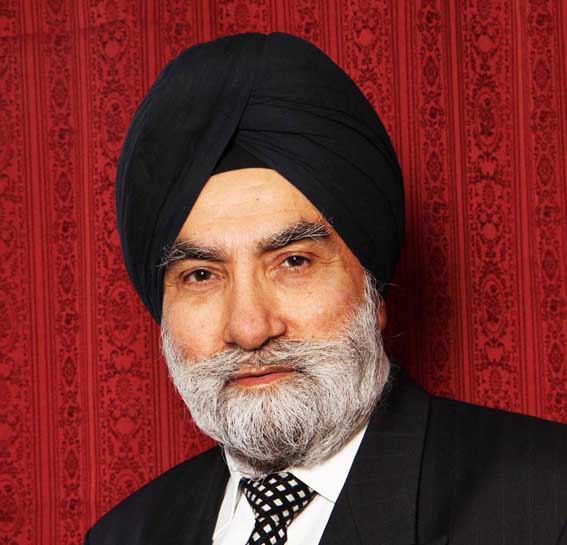Research Project to List Sikh Heritage Items in Royal and Other UK Collections

Once again, we are reminded by a report in The Guardian of 6 April 2023**, about the colonial loot which includes Sikh heritage items in the royal jewellery collection. In the background have been calls that such items should be returned to India. Often, these calls, fail to mention the Sikh heritage aspect.
More reasonable are suggestions by those like Sardar Tarlochan Singh, ex-MP and former Indian Minorities Commissioner, that such items and other historical Sikh artifacts should be identified and catalogued by expert researchers. This issue was raised over two decades ago in the UK Parliament by John McDonnell, MP (see below)
The Guardian article refers to a 46-page report of 1912 from India Office archives which gives detail of how priceless items, the plundered stones, were extracted from the Sikh Kingdom of Panjab as trophies of conquest. The items include a long gold girdle inlaid with 19 large emeralds once used by Maharaja Sher Singh to decorate his horses.
Fanny Eden, a diarist, visiting Maharaja Ranjit Singh in 1837, wrote that his gems were so plentiful that he put his very finest jewels on his horses. In 1849, child Maharaja Duleep Singh surrendered Panjab to the East India Company. The colonial loot brought to England from the Sikh Kingdom was very large and included diverse and rare items. The need is for methodical cataloguing by expert research funded by UK Sikh Sangats. The gold-plating of Darbar Sahib was perhaps similar Sangat sewa in the heritage preservation sense.
The issue of Sikh heritage items was raised on 16 July, 2001 by John McDonnell MP, He sent me a copy of the Hansard (official Parliamentary report) with a covering hand-written note. The relevant part of his speech in the Hansard reads:-
This year []]2001] we will witness the celebration of the bicentenary of Maharajah Ranjit Singh, and this month the V&A has organised a seminar on Preserving the Sikh Heritage. The Sikh material heritage ranges from simple pieces produced in homage to Sikh gurus to precious art works and gems in museums and royal collections. The Koh-i-noor diamond, which is part of the Crown jewels, is a Sikh artifact given to Queen Victoria - some say under duress - by the last Maharajah Duleep Singh - we need to examine how co-operation between Governments and []]the Sikh] community organisations can best assist in preserving and holding in trust these priceless objects for the worldwide Sikh community.
Some periodical demands by countries like India seeking compensation for colonial pillaging are understandable. However, at ground reality level, such reparations, if at all, would be limited to return of artifacts of special religious or cultural significance to certain communities like the Sikhs. These can be distinguished from a blanket demand for reparations by post-partition Indian state created in 1947. Pakistan too would have similar demands.
The issue also touches on 1984 related Sikh concerns about destruction of irreplaceable Sikh heritage including the Reference Library at Darbar Sahib. The negligence shown by SGPC in the heritage area does not inspire much confidence abroad.
A safer alternative would be to identify, catalogue and preserve Sikh heritage items in the UK so that these are shown to the world as part of the great history and heritage of the Sikh Qaum.
(**Guardian article: https://www.theguardian.com/uk-news/2023/apr/06/indian-archive-reveals-extent-of-colonial-loot-in-royal-jewellery-collection )
Gurmukh Singh OBE
Principal Civil Servant Retd (UK)